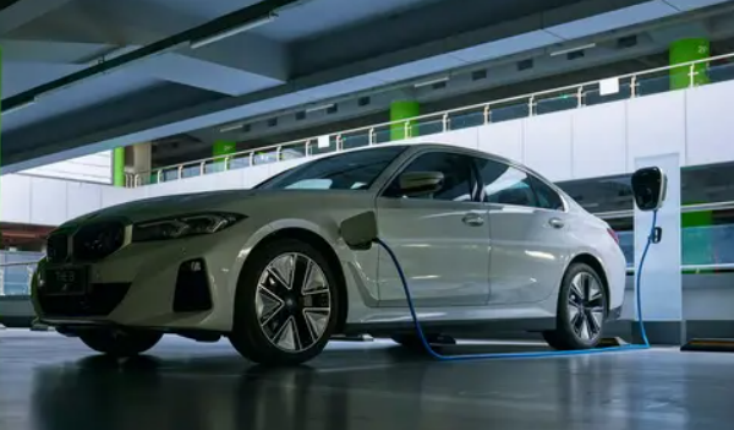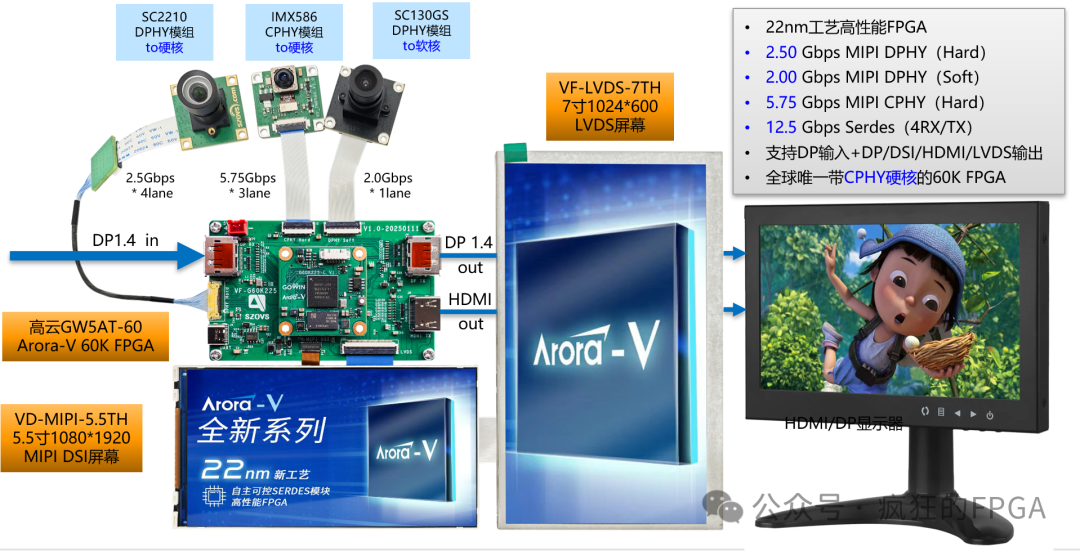
By Greg Gao
As the 800V architecture penetrates the electric vehicle at a faster-than-expected speed due to its higher efficiency and shortening charging time, more and more EV manufacturers are adopting the option, which also also brings some challenges, a JW Insights report pointed out.

Major Chinese car companies announced launching new EV models based on the 800V architecture since last year. They include BYD, Geely Krypton, Beiqi Jihu, Great Wall’s HYCET Technology, GAC Aian, Dongfeng Voyah, XPeng Auto.
Compared to gasoline-powered vehicles, electric vehicles face the issue of range anxiety. EV makers have offered several solutions to the problem. One of them is installing bigger batteries to improve the range, but it has higher costs and weight, and lower efficiency that comes with it.
Another way is to shorten the charging time, which will effectively allow an EV owner to spend less time at the charger. It turns out that most EV makers have chosen this path or a combination of both.
In order to really achieve fast charging and long range, electric vehicle makers need to make breakthroughs in the battery power supply system, and increase the voltage from 400V to 800V, 1000V or even higher levels. Using high-voltage power supply and high-voltage charging is the most direct way to solve range anxiety.
A senior engineer from PI (Power Integrations), a U.S. power chip supplier, told JW Insights that using a high-voltage solution can bring many benefits to electric vehicles. He explained that the high voltage can improve the overall efficiency while reducing the size of the motor.
Judging from the 800V electric vehicles already on the market, the Porsche Taycan can be charged from 5% to 80% in just 22.5 minutes in a 240kW fast charging station; the Kia EV6 can be charged from 10% to 80% in 18 minutes. Arcfox Alpha S Huawei HI Version allows for the battery to get up to 200 km worth of power in just 10 minutes.
With the increase of voltage, the weakness of the low efficiency of the silicon-based IGBT power module begins to appear. The advantages of third-generation SiC semiconductors’ high energy efficiency have been highlighted. The auto semiconductor giant Infineon predicts that by 2025, the proportion of SiC components in the field of automotive electronic power devices will exceed 20%.
With the adoption of the 800V architecture, the EV’s electronic components need to meet higher isolation and voltage requirement and have an ultra-wide voltage range(30V-900V).
While adopting a higher-voltage architecture becomes a popular choice for EV makers, there are also two major barriers.
One, the development and integration of components adapted to the new high-voltage platform are the foundation for the 800V architecture. There will be corresponding upgrades and compatibility problems for three core systems - battery, motor, and electronic control system. Due to the challenges of high temperature, high speed, and high efficiency, the packaging materials will also have higher requirements in terms of insulation and high-temperature resistance. A new system is required for the testing standards and experimental verification processes of various components.
Two, the overall upgrade from the entire vehicle to the infrastructure needs to keep up. This requires that batteries, charging piles, power grid construction, and the supply of corresponding accessories must be upgraded accordingly. Only in this way can the consumers genuinely get a better driving experience under the 800V architecture.
RELATED
-
BYD plans to establish a sodium-ion battery plant in eastern China’s Xuzhou with an investment of RMB10 billion ($1.4 billion)
11-20 17:51 -
European Commission President von der Leyen will visit China in wake of the EU’s ongoing probe into China’s subsidies on EV industries
11-20 16:59 -
Chinese auto giant Changan Automobile plans to launch eight self-developed battery cells in the future
11-20 16:26









